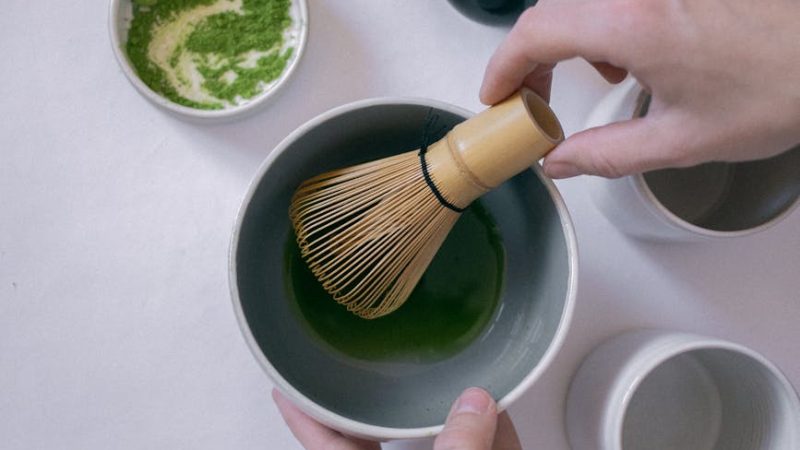“Whispers of Tea: The Soul of the Japanese Ceremony”

Have you ever found yourself in a moment so serene that time seems to stand still? Imagine sitting quietly in a room filled with the scent of fresh tatami mats, surrounded by the gentle rustle of silk, while the delicate sound of water bubbling in a kettle fills the air. This is the essence of the tea ceremony in Japan—a practice that goes far beyond just sipping a beverage.
Now, let\’s rewind a bit. The origins of this beautiful ritual can be traced back to the Tang Dynasty in China, but it didn’t really find its home until it made its way to Japan. The Japanese took this idea and transformed it into something uniquely their own. Picture this: back in the 12th century, Buddhist monks introduced powdered tea (matcha) during their meditation sessions. Fast forward a few centuries, and this evolved into a more intricate affair, with aesthetics and spirituality intertwined. Isn\’t that fascinating?
The heart of the ceremony is all about harmony, respect, purity, and tranquility—what the Japanese call \”wa, kei, sei, and jaku.\” It’s not just about drinking tea; it’s about creating a moment where everything else fades away. Can you imagine being so present that the world outside just disappears? That\’s what practitioners strive for. Each movement is deliberate, each gesture meaningful.
So, what does a typical ceremony look like? Well, it\’s not as simple as pouring a cup of tea at your kitchen table. Here are some key components:
- Setting: A tea room, often with a view of a beautiful garden, is essential. Nature plays a huge role in setting the mood.
- Utensils: The tea bowl (chawan), whisk (chasen), and tea scoop (chashaku) are all carefully chosen and often handcrafted.
- The Process: From the preparation of the tea to the serving, every step has its own significance. It’s like a dance that tells a story.
- Guests: The etiquette is paramount—how you accept the tea, how you drink it, and even how you compliment the host adds layers to the experience.
But here’s the thing: it’s not just about the tea. It’s about connections. During a tea ceremony, conversations flow like the tea itself. Friends reconnect, strangers become friends, and there’s a shared understanding that lingers in the air long after the last sip. I once attended a ceremony where a simple cup of matcha sparked discussions about dreams and aspirations. Isn’t that the magic of human connection?
Of course, like many traditions, the tea ceremony has evolved. In modern Japan, it’s not just a ritual for the elite; it\’s accessible to everyone. You might find workshops popping up where you can learn the art of tea-making, infusing this age-old tradition with a fresh perspective. Imagine trying your hand at whisking matcha while surrounded by a group of friends—how fun would that be? It’s like blending the old with the new, creating a beautiful tapestry of experiences.
As we sip on our tea, let\’s remember that there’s so much more to it than just flavor. Each cup tells a story, a moment frozen in time. The next time you enjoy a warm cup, think about the journey it took to get there, from the tea fields to your hands. And who knows? Maybe this traditional practice will inspire you to create your own moments of tranquility.